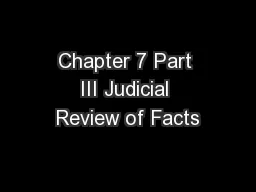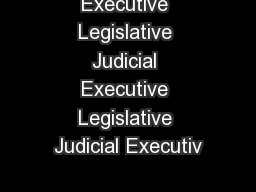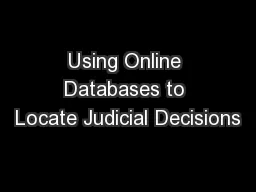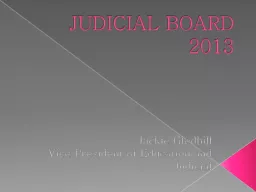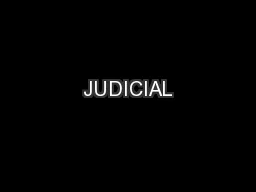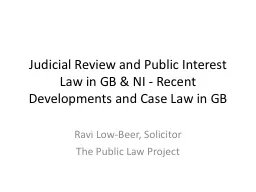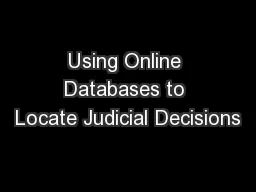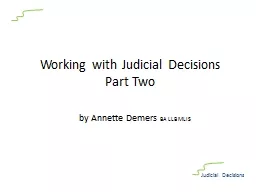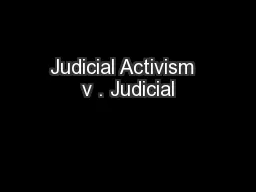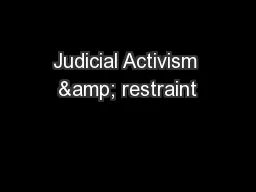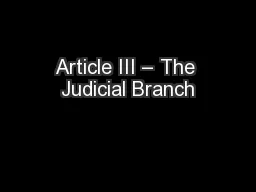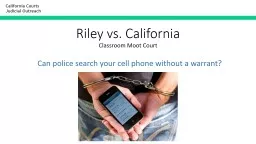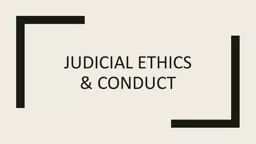PPT-Chapter 7 Part III Judicial Review of Facts
Author : celsa-spraggs | Published Date : 2018-10-06
3 Scope of Judicial Review of Facts Congress sets scope of review within constitutional boundaries Since the Constitution is silent on agencies Congress has a pretty
Presentation Embed Code
Download Presentation
Download Presentation The PPT/PDF document "Chapter 7 Part III Judicial Review of Fa..." is the property of its rightful owner. Permission is granted to download and print the materials on this website for personal, non-commercial use only, and to display it on your personal computer provided you do not modify the materials and that you retain all copyright notices contained in the materials. By downloading content from our website, you accept the terms of this agreement.
Chapter 7 Part III Judicial Review of Facts: Transcript
Download Rules Of Document
"Chapter 7 Part III Judicial Review of Facts"The content belongs to its owner. You may download and print it for personal use, without modification, and keep all copyright notices. By downloading, you agree to these terms.
Related Documents

